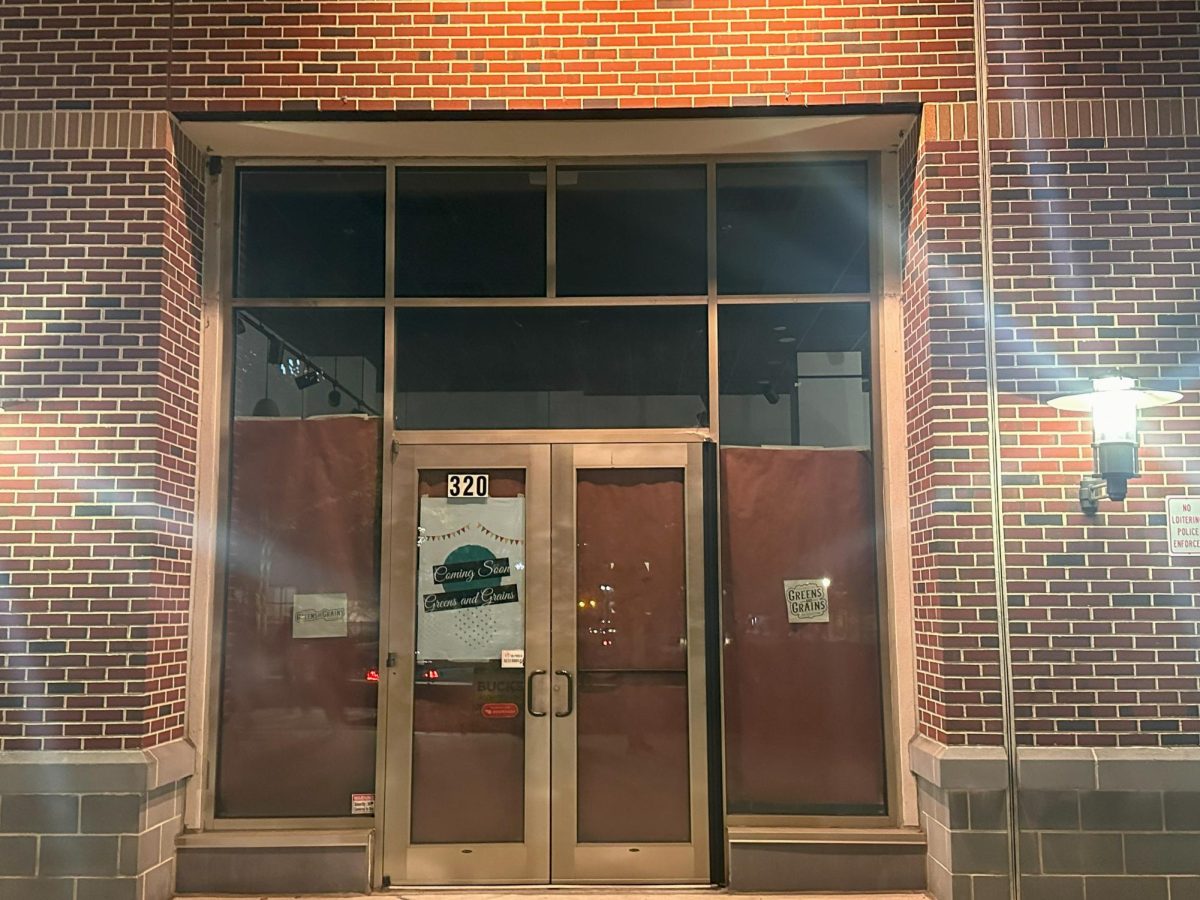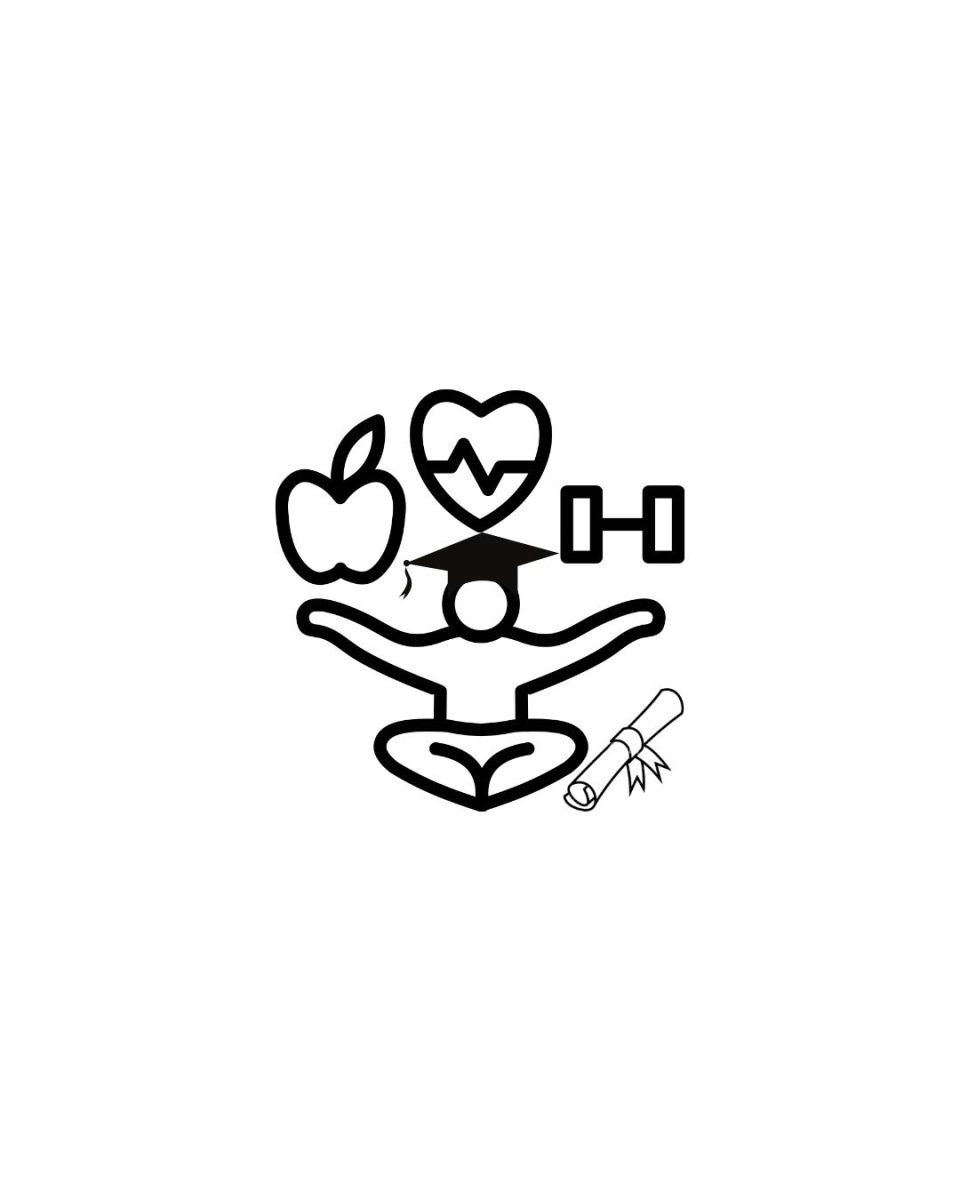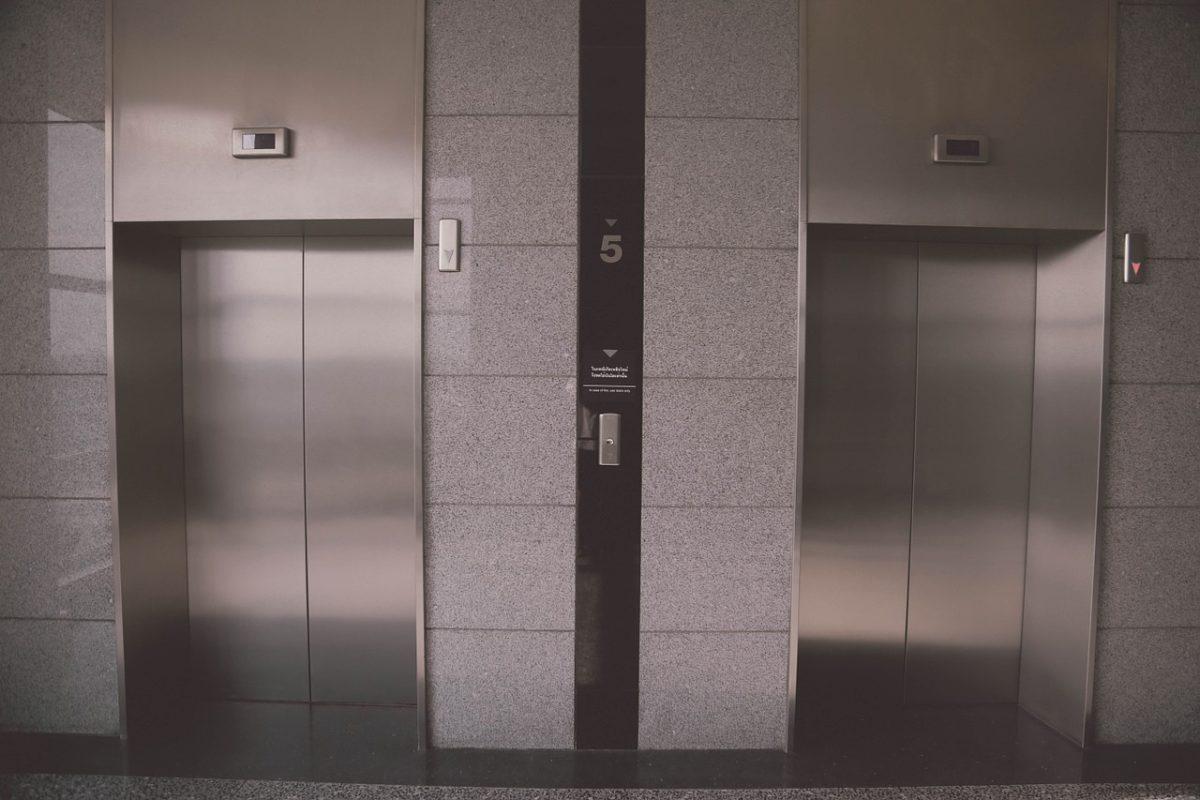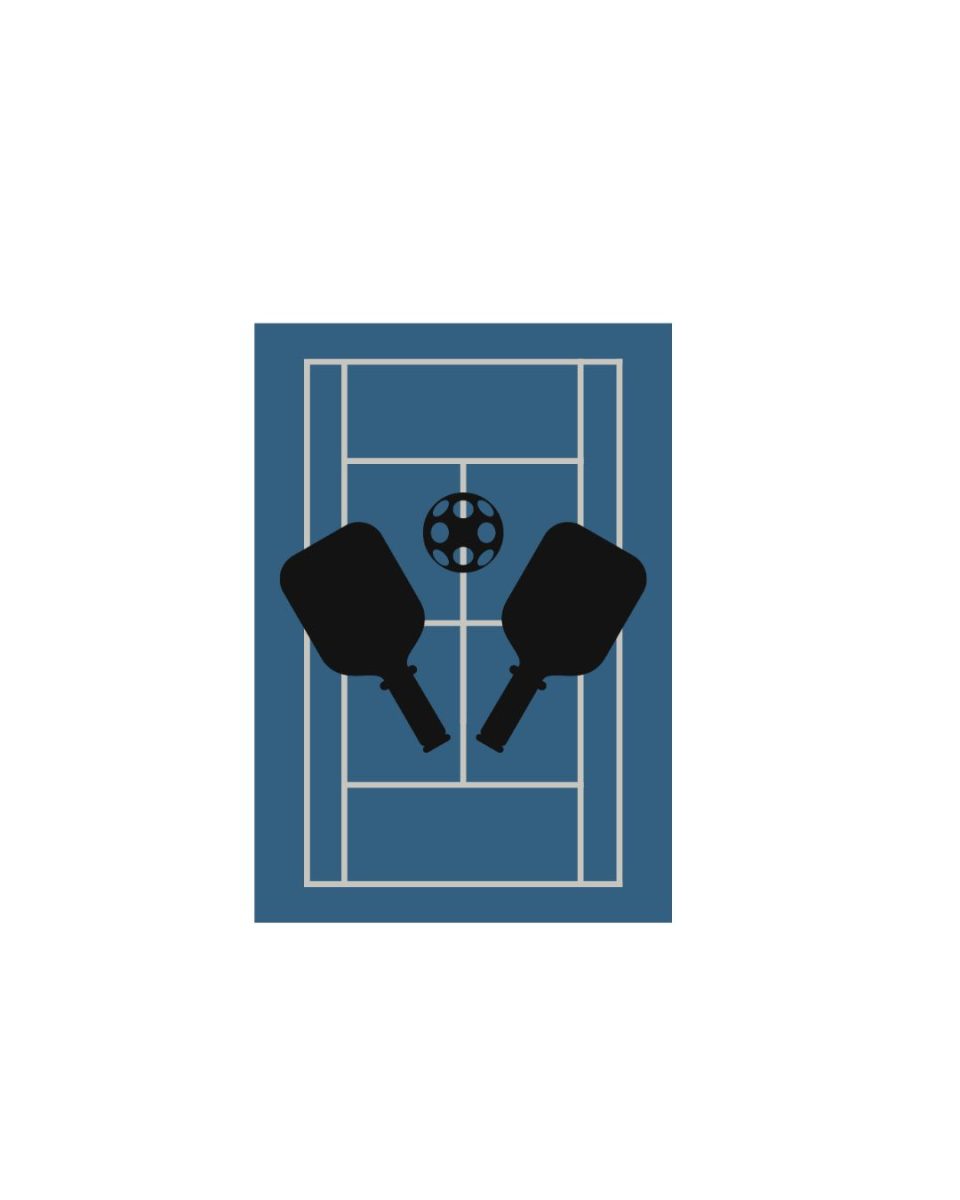For the past two weeks, I’ve been paying a lot of attention to the elevators around campus and my interactions with people who use them. I primarily use the elevators in Robinson Hall, the Student Center, the Whitney Center and the Enterprise Center. I’ve noticed that the experience in each place can differ significantly.
The Enterprise Center elevator is by far the most crowded, especially in the 15 minute interludes between classes. There have even been instances where I, along with some friends of mine who have disabilities, have been unable to take the elevator due to the crowds.
The Student Center elevator is the most consistently busy. People are constantly going up and down, but there’s usually not much worry about crowds. I normally don’t wait too long for an empty or mostly empty elevator.
The elevators in the Whitney Center and Robinson Hall are probably the most consistent, though each has a few little quirks. For example, the buttons in the Whitney elevators need to be pressed harder than most others.
I’ve also realized that, out of the countless people I’ve come across in elevators, a lot of them don’t seem to know how to handle these confined interactions. For that reason, I’m putting together this column as a quick and friendly guide.
When you’re waiting for an elevator by yourself, don’t stand directly in front of the door.
I know I’ve had times where I haven’t been able to navigate out of an elevator until the person that was waiting had moved. Now, this could be because my motorized scooter is pretty big, but I’ve spoken to other wheelchair and wheeled backpack users who have faced this same problem. Instead, you should wait at either side of the elevator so that anyone who is on it can get out and you can get on, with maximum efficiency.
Smile.
If someone else walks up while you’re waiting for an elevator, don’t be afraid to flash them a smile. There are no obligations to talk to the people in the elevator, especially if one or more of them are wearing headphones, but sometimes a smile can mean more than any small talk ever could.
Step back.
When you get on the elevator, move away from the door and toward the back. This either allows the maximum amount of people to get on, or it allows a disabled person room to maneuver if they need it.
Pay attention.
Don’t stop paying attention once you step onto the elevator. If you’re waiting with someone who needs more time to get into or out of the elevator, hold the door. Additionally, if someone is running toward the elevator or looks like they’re in a hurry, it doesn’t hurt to hold the door for them. It only takes an extra moment and it really goes a long way toward improving the quality of someone else’s experience.
Once everyone is on the elevator, assess your position. Are you the one closest to the buttons? If so, it’s common courtesy to ask the other people what floor they’re going to and push the corresponding buttons. Sometimes, though, people either push the buttons themselves, are wearing headphones, or both. When this happens, just step back a little.
These tips can be used as a guide to elevator courtesy, but also as a way to make the life of a person with a disability a tad bit easier.
For comments/questions about this story, email [email protected] or tweet @TheWhitOnline.























































































































































!["Working with [Dr. Lynch] is always a learning experience for me. She is a treasure,” said Thomas. - Staff Writer / Kacie Scibilia](https://thewhitonline.com/wp-content/uploads/2025/04/choir-1-1200x694.jpg)












































